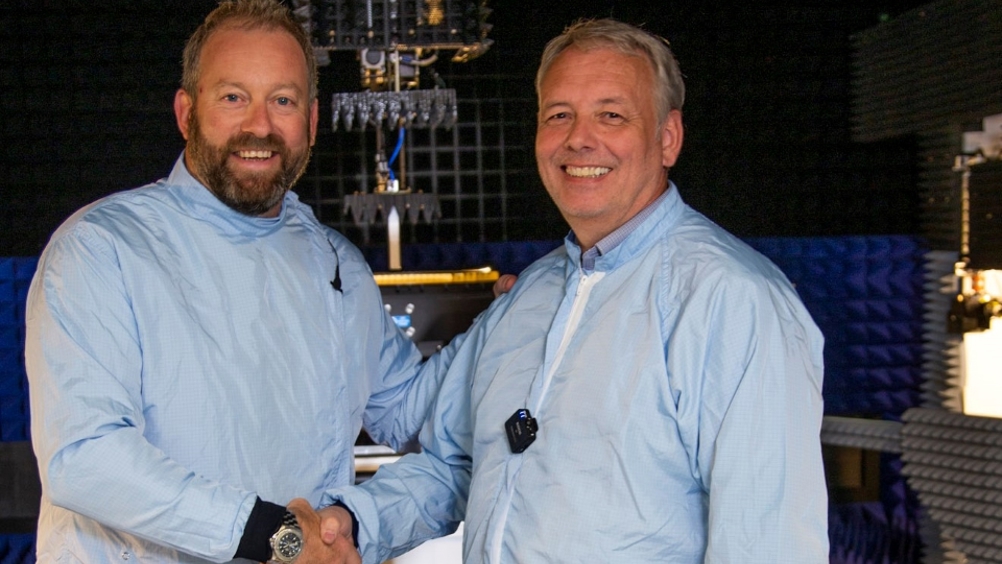World first radar test breakthrough at Leonardo
Leonardo engineers have created a fully automated end-to-end fighter jet radar array test facility, a development thought to be a world first.

The engineers at Crewe Toll in Edinburgh have created Production Near-Field Range (PNFR), a so-called ‘one button’ solution to achieve a 24 to 30 hour radar antenna test that has been completed and commissioned into full service earlier this year.
In a statement, project leader Brian Kerse, chief engineer- antenna test, said: “The purpose of this ground-breaking automated near-field range is that it literally allows us to take a freshly built radar array, fully test it, and get to the point that we are ready to deliver it without any human interference. So half an hour's work to set things up, and 30 hours later we have a fully tested and functional array.”
Kerse continued: “We shared our design concept with our supplier and asked them to build a capability that would allow us to swap between the alignment laser and different waveguide RF Probes, creating the first of type technology of its kind in the world. We believe it is the only automatic radar antenna test solution facility that exists in industry at present.”
Register now to continue reading
Thanks for visiting The Engineer. You’ve now reached your monthly limit of news stories. Register for free to unlock unlimited access to all of our news coverage, as well as premium content including opinion, in-depth features and special reports.
Benefits of registering
-
In-depth insights and coverage of key emerging trends
-
Unrestricted access to special reports throughout the year
-
Daily technology news delivered straight to your inbox










Pipebots Transforming Water Pipe Leak Detection and Repair
Fantastic application.